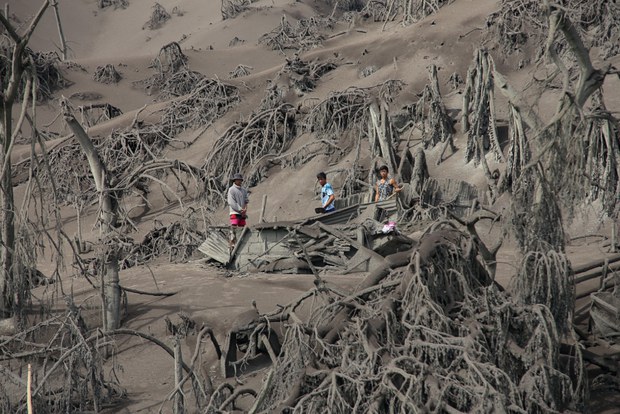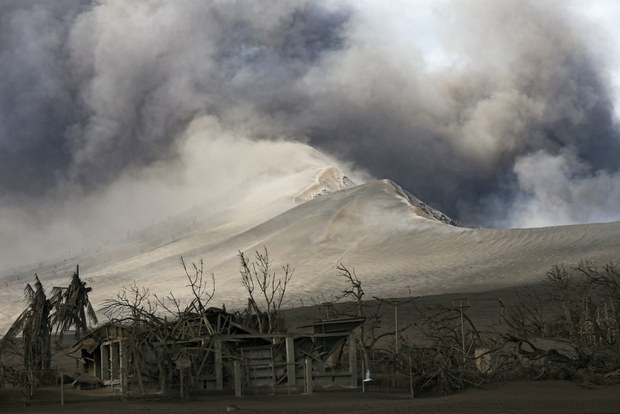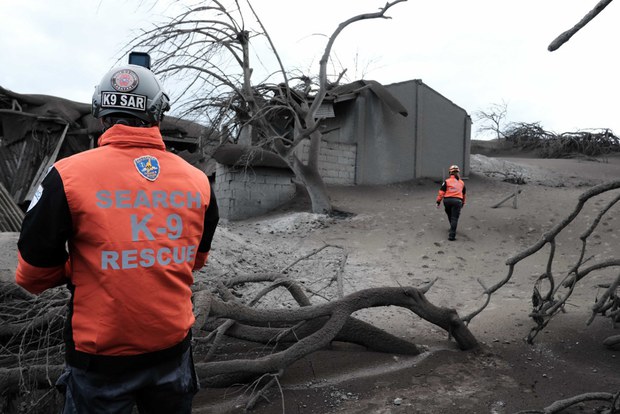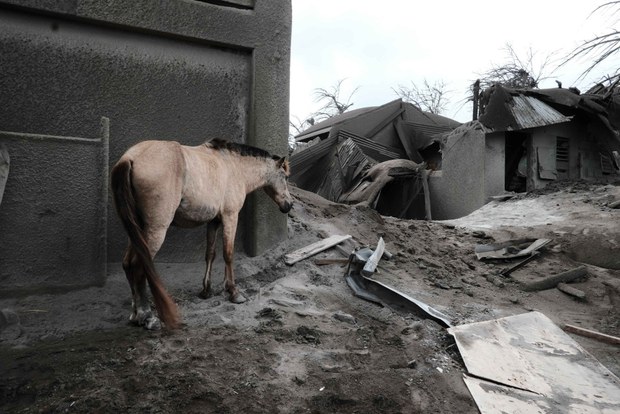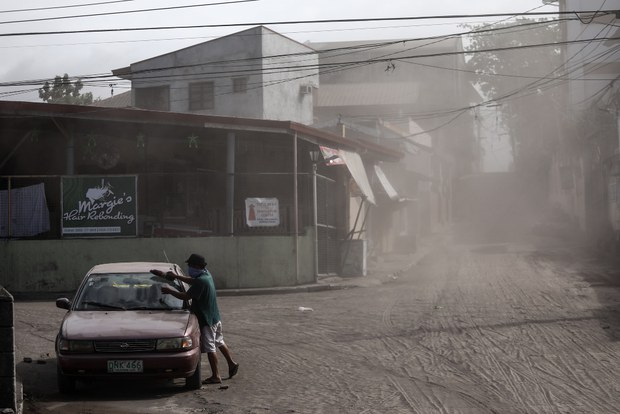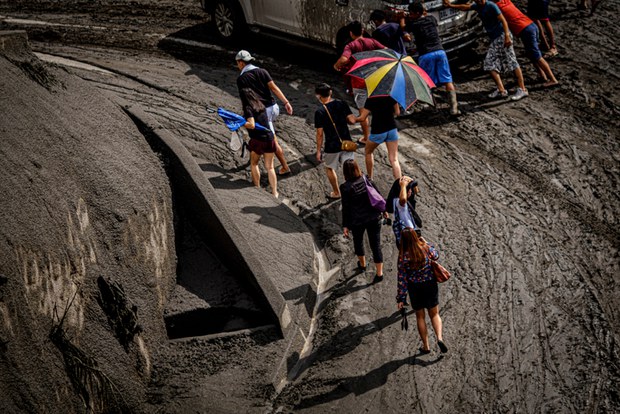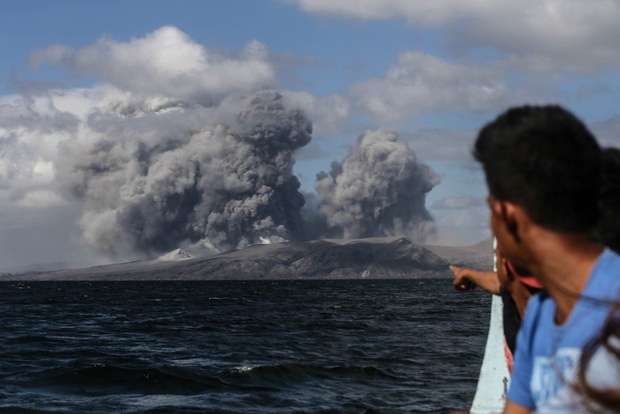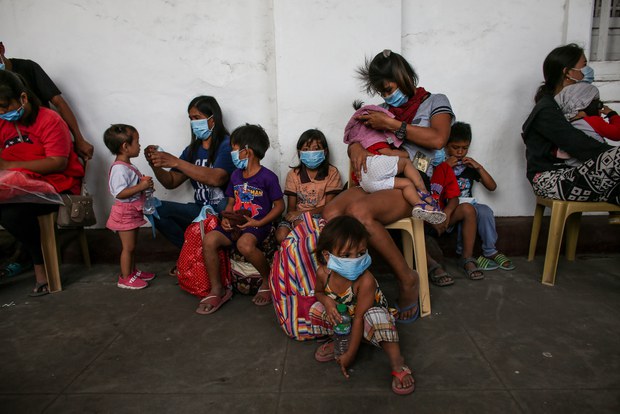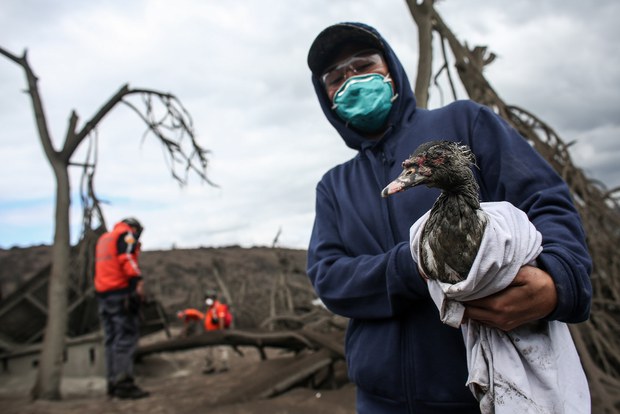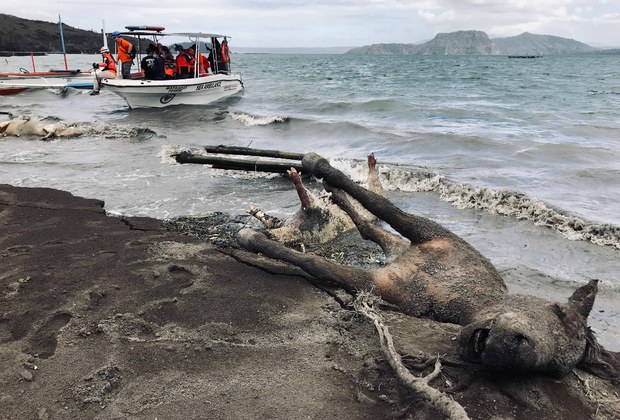A Close-up Look at Devastation Reaped by Philippine Volcano
2020.01.16
Taal Volcano, Philippines
The Taal Volcano, south of the Philippine capital Manila, rumbled and roared to life on Jan. 12 as it spewed superheated ash high into the sky, in a spectacular show of nature’s fury. The eruption coated surrounding towns and provinces, as well as Manila, in coarse ash.
By Thursday, more than 57,000 people were sheltering in about 250 evacuation sites scattered around Batangas, Laguna and Cavite provinces, while schools in many areas remained closed and massive delays to flights continued at Manila’s main airport. Power remained cut in many areas as water, food and other donations poured into the affected areas.
The volcanic island, about 40 km (25 miles) from Manila, has been a popular destination for tourists, who view it from a ridge in Tagaytay town in Cavite province to its north. It is famed for its unique feature – a lake inside its crater while the volcano sits on a larger lake.
The second-most active among the Philippines’ 24 active volcanoes, Taal has gradually slowed its emissions since it erupted over the weekend, the state’s volcanology institute said Thursday. The alert level remains at 4 of a 5-step system, meaning a “hazardous explosive eruption” was possible within hours to days.
Ronald Basilio, 29, a tour guide who was raised on the volcanic island, said he, his wife, Erika, and their 3-year-old daughter fled with only the clothes on their backs.
“When the volcano started rumbling and suddenly spewed ash, we had to suddenly evacuate,” he said, adding they left behind a horse and other farm animals who did not survive.
BenarNews photographers traveled with some villagers back to the island this week.
“This looks like the moon I once saw in pictures,” said Ronald Liwanag, a villager who fetched the family buffalo who survived Sunday’s blast. “The sad part is, we may never be allowed back here after this.”
Jojo Rinoza, Basilio Sepe, Luis Liwanag and Jason Gutierrez contributed to this report.








